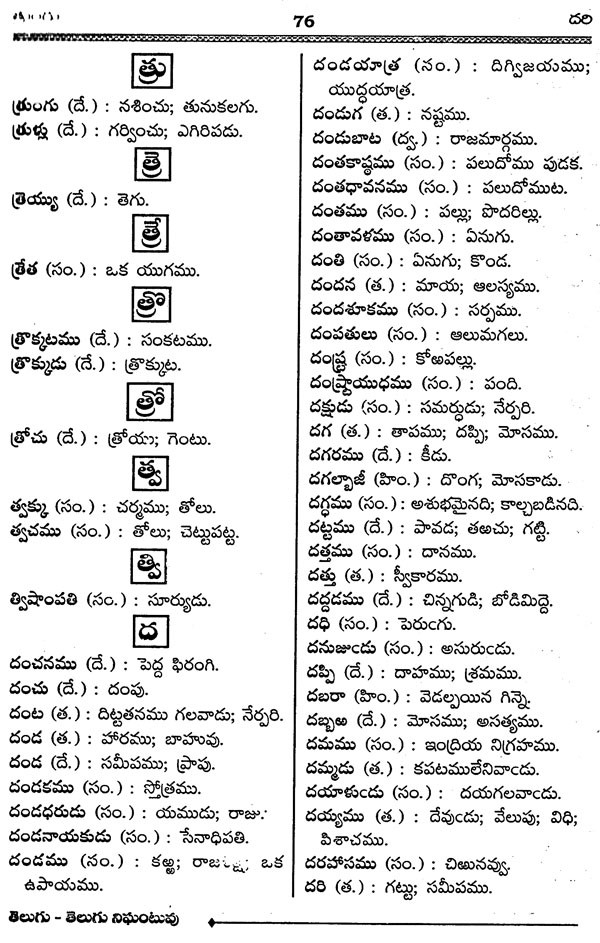Does the concept of "interpretation" truly transcend linguistic boundaries, offering a universal key to understanding, or is it inherently shaped by the specific language and cultural context in which it arises? The answer, as we shall see, is nuanced, complicated, and at the heart of how we make sense of the world around us.
The word "interpretation" itself, as rendered in Telugu with the primary translations being "tarjum," "vykhynam," and "nirvachanam" offers a glimpse into the rich tapestry of meanings woven around the act of making sense of something. It encompasses the act of explaining or telling the meaning of something; of translating orally into intelligible or familiar language or terms. Consider the act of interpreting Hebrew to an English speaker, or the act of interpreting an Indian speech.
Understanding "interpretation" requires delving into its various facets. It is not simply about rote translation; it is a complex process of assigning meaning, providing explanations, and conveying understanding across different modes of communication. Think of it as the bridge that allows us to cross from one shore of understanding to another. Whether it's a foreign language, a complex mathematical equation, or a piece of art, interpretation is the key to unlock their secrets. The study of the meaning of interpretation also explores synonyms and antonyms to gain deeper knowledge of it.
To further dissect this concept, we can delve into examples of its practical application, as well as the importance of knowing the translation and pronunciation of "interpretation" in Telugu. The concept is frequently referenced alongside the understanding of data, which could be called comprehension of mathematics. Data interpretation involves using various sources to solve questions and find answers. It can be seen in reading comprehension, where we study the passage and then answer questions based on that.
The process of understanding a word like "interpretation" in any language is a multifaceted endeavor. It involves understanding the core meaning, but also appreciating the nuances of usage, the presence of synonyms and antonyms, and the practical examples to cement comprehension. For instance, if one were to delve into understanding the word "interpret" and its variants, they would likely encounter related terms, definitions, and ways of usage.
Here is an illustrative example about a renowned interpreter of Telugu Language and Culture.
| Category | Details |
|---|---|
| Name | Dr. Lakshmi Devi |
| Date of Birth | 1955 |
| Place of Birth | Hyderabad, India |
| Education | Ph.D. in Telugu Literature, Osmania University |
| Career |
|
| Professional Achievements |
|
| Significant Works |
|
| Website Reference | Example Reference Link (Please note: Replace with an actual authentic website) |
The study of languages often relies on this. Common vocabulary contains common words that we can use in daily life. Therefore, learning a language involves understanding and practice of grammar. It includes the study of phonetics and the ability to use it. One must find similar words and synonyms to enrich their knowledge.
The act of interpreting encompasses a wide range of activities. To explain or tell the meaning of, or to translate orally into an intelligible language. It is used to explain or simplify complex ideas, making them accessible to a broader audience. An interpreter can also restate words from one language into another. Creating an image or likeness of something is also considered interpretation.
Dictionaries, like the trusted "Khandbahale Telugu Dictionary," are indispensable tools in this journey. They don't just offer translations; they provide the context, the nuances, and the understanding of how words function within a language. These resources provide translations, synonyms, and antonyms for the word. The meaning can be found in Hindi, Tamil, Telugu, Bengali, Kannada, Marathi, Malayalam, Gujarati, Punjabi, or Urdu, too.
The use of dictionaries to understand a language allows one to use the translation and meaning of different words.
The importance of "interpretation" extends beyond the realm of language learning. The ability to interpret is crucial in various fields, like the comprehension of data. In data interpretation, one studies and analyses data presented in graphs, charts, or tables to solve questions and draw conclusions. It is the process of assigning a meaning, giving an interpretation or explanation of it.
Ultimately, the study of "interpretation" and the effort to understand its meaning in Telugu, or any language, enriches our understanding. It provides us with a powerful tool: the ability to connect, to understand, and to bridge the gap between different cultures and perspectives.


